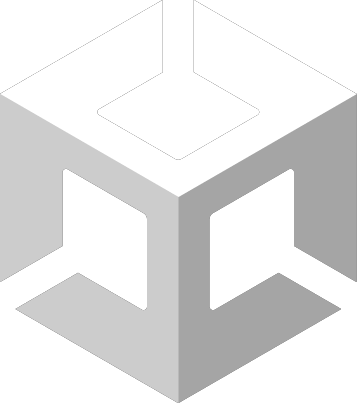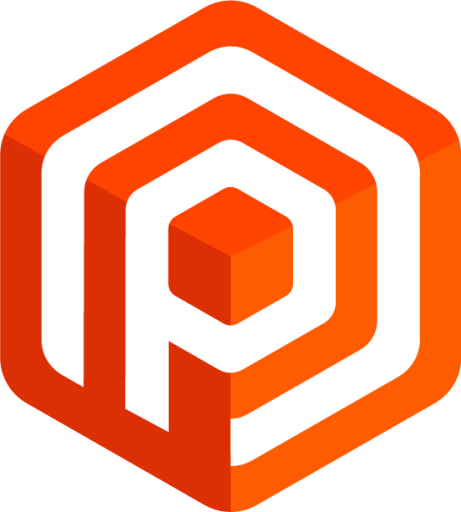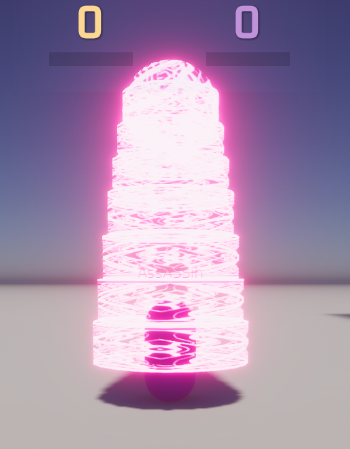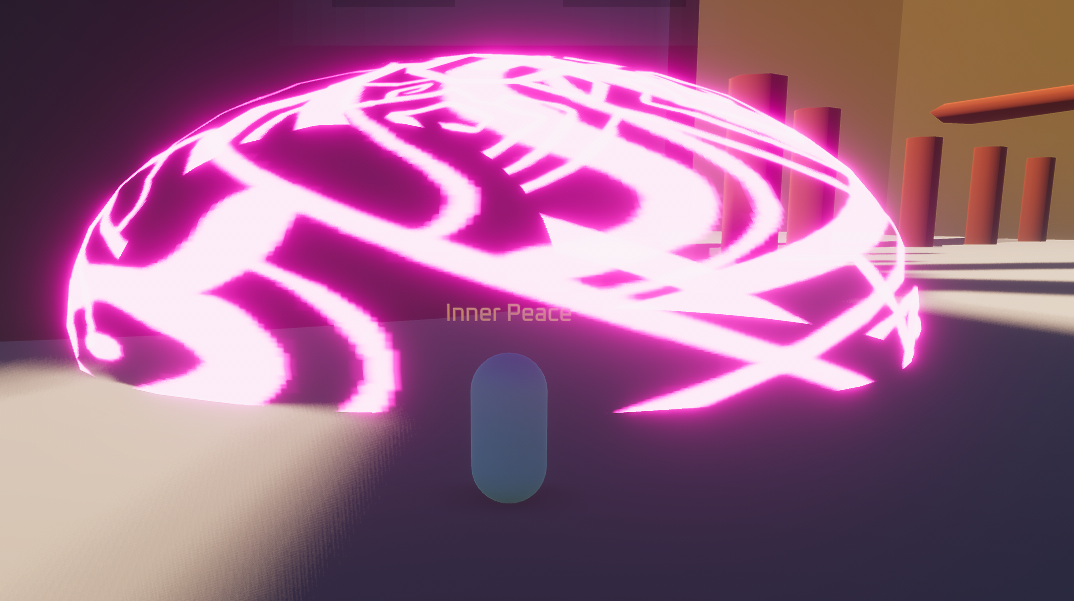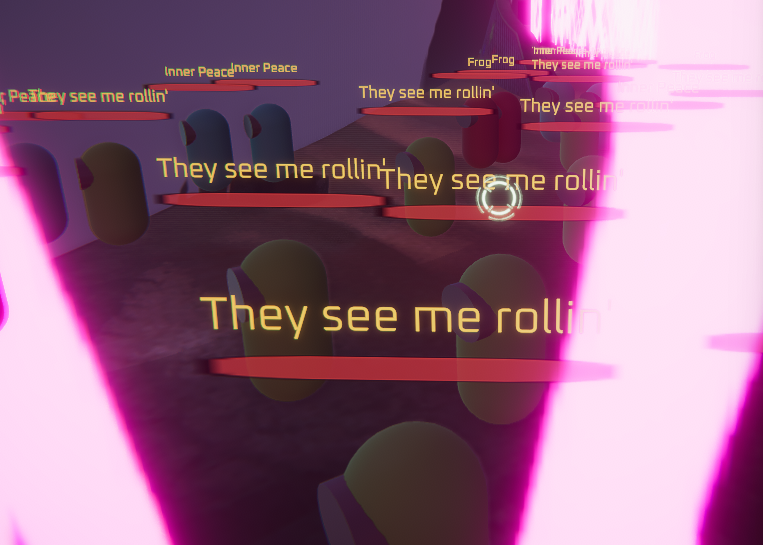
Multiplayer · Arena Brawler · Platformer
Out of juice
Overview
Team · University Bachelor’s Project
Out of Juice is the product of me and two other Student’s work for our Bachelor’s thesis.
My team members were Moritz Naab (Game Design) and Michael Braun (3D Production), and I provided the framework this game is built with.
Out of Juice offers a multiplayer experience and is played with two people in two teams, and it is designed for groups of friends who can play together either locally or through network tunneling.
In this game, each player takes on the role of a chosen hero. Each of these heroes has different abilities that can be used for movement, combat, or disabling enemies.
The goal of the game is to find a relic in the arena and hold it for as long as possible to earn points for your team, while preventing the opposing team from doing the same.
If one team gets enough points, it wins.
My work
-
For the purposes of this project, I made use of Unity’s “Netcode for Game Objects” technology and created a client-authoritative peer-to-peer networked multiplayer system.
Most systems below were written with multiplayer in mind and used the components I exposed.
-
As movement is a core design pillar of the game, I created a modular and highly adjustable avatar movement component. Main capabilities include:
Acceleration, deceleration and jumping using adaptable curves
Teleportation with anti terrain-clipping safeguards
Launching (a quick boost in velocity in a certain direction)
External forces (for example when winds pick up in speed)
A designer could make use of the plethora of exposed variables and curves to create unique feeling movement for different characters, while a programmer could extend this component for even more control and adaptations.
-
I conceptualized and implemented a highly universal system capable of being implemented into nearly every game.
Resources represent numerical values that change during gameplay (like health, stamina, movement speed). They have a customizable Type, Min Value and Max Value.
Inflictions represent a mathematical change that can be made to a Resource (for example dividing a resource by two, subtracting 5, adding 10)
Resources can be created by designers by just making a new “Scriptable Object” for every resource type, and adding them to game-objects via a Resource Container.
Inflictions can be done by passing Infliction Data (Resource type to change, mathematical operator, amount) to a game-object’s Infliction Handler.
It’s a simple system in concept, but extremely powerful. For example, one could create Status Effects by defining Inflictions that occur either for a fixed time (like a temporary movement speed increase) or in periodical intervals (like a damage over time effect that removes 5 health every 2 seconds), which the game both includes.
-
Infliction Carriers are a way to get inflictions from one Game-Object to another.
They are colliders that “carry” inflictions, and if a target is overlapping with that collider, the inflictions carried are passed to the targets Infliction Handler for the desired effect.
There are a lot of different types of carriers a game could use, and I made a system that allows designers to put together all the types of infliction carriers they could need. Spawning, destruction and timings are all handled by the same system.
-
The Ability System is designed with designer-friendliness in mind.
A designer can define an Ability quite in the same way as one would create a video: A timeline is offered, and tracks of variable length can be added sequentially and on top of each other for parallel execution.
The System offers different tracks (like “Spawn Infliction Carrier x at position y” or “Move Character from a to b”), which can be as long or short as necessary. The finished timeline is then fed into an Ability Handler that runs all the behaviour defined by the tracks with the timing the tracks are placed in.
Special tracks include playing animations on character models or changing the visuals of the game for dramatic effect.
Some Images
Due to my work being extremely technical I can’t really show many pictures, but here you can get some behind the scenes images that were taken during development. All 3D models are made by Michael Braun.
Drill-shaped infliction carrier
Big area of effect infliction carrier that inflicts multiple times
Load and performance test, 80 clients connected to one host
First functioning interaction for the relic that is carried

